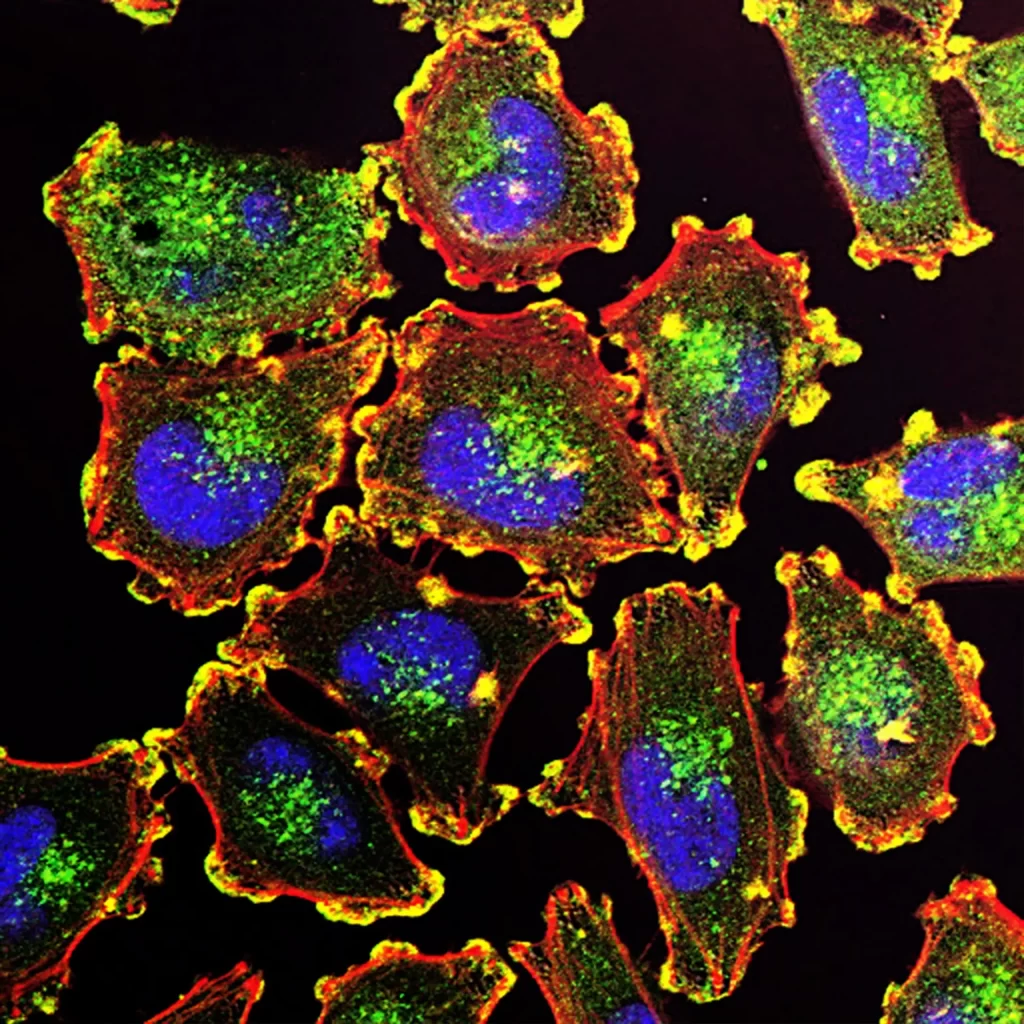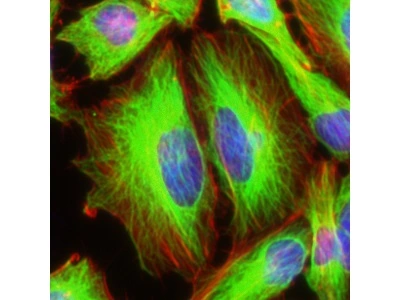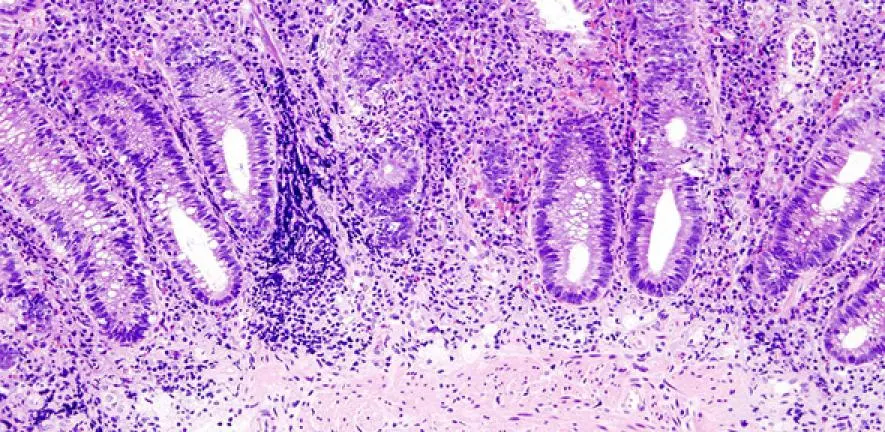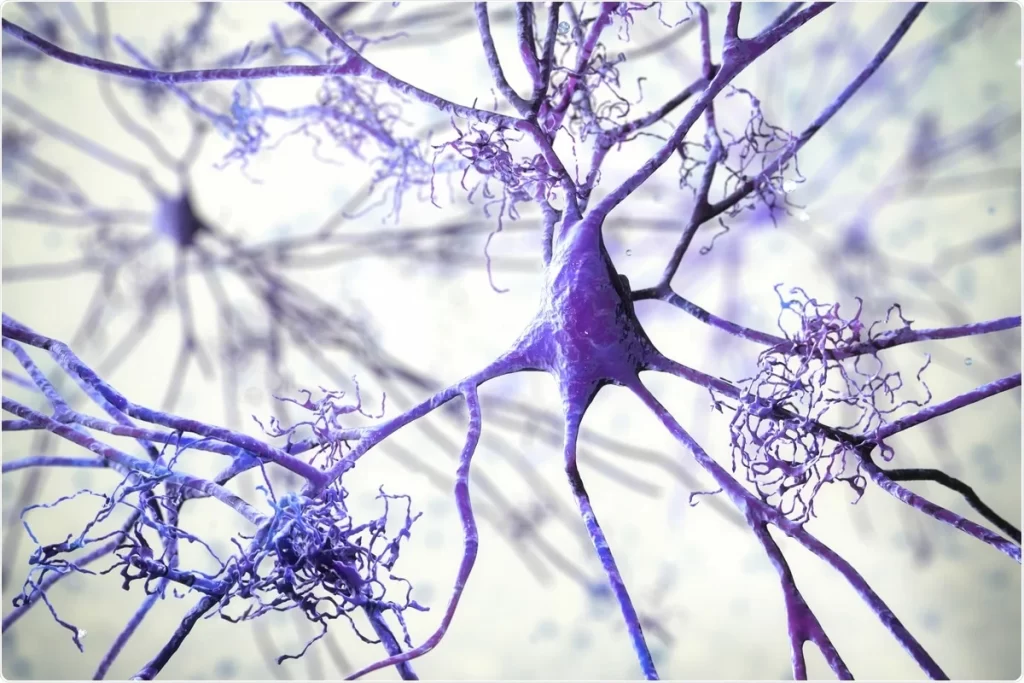
The use of magnetic beads in protein purification has revolutionized the process, offering a more efficient, scalable, and selective approach. This article delves into how magnetic beads are used in protein purification, their advantages, and their various applications in scientific research.
Key Takeaways:
- Magnetic beads provide a rapid and efficient method for protein purification.
- They offer high specificity and can be easily separated from the sample.
- Magnetic beads are versatile and can be used in various applications, including drug discovery and diagnostics.
Introduction to Magnetic Beads in Protein Purification
What are Magnetic Beads?
Magnetic beads are small particles that can be magnetized and used to isolate proteins from complex mixtures. They are coated with ligands that specifically bind to target proteins.
The Principle of Magnetic Bead Protein Purification
The process involves binding proteins to the beads, separating the beads using a magnetic field, and then eluting the purified proteins.
Advantages of Using Magnetic Beads
Efficiency and Speed
Magnetic beads significantly reduce the time required for protein purification compared to traditional methods.
High Specificity
The ligands on the beads can be customized to target specific proteins, ensuring high specificity in purification.
Scalability
This method is easily scalable, making it suitable for both small-scale laboratory experiments and large-scale industrial applications.
For more information on magnetic bead protein purification, visit LifeTein’s Custom Peptide Synthesis Services.
Types of Magnetic Beads

Coated Magnetic Beads
These beads are coated with various ligands, such as antibodies, to target specific proteins.
Activated Magnetic Beads
Activated beads have functional groups that allow researchers to couple their ligands of choice for specific protein targets.
Applications of Magnetic Beads in Research
Drug Discovery
Magnetic beads are used in drug discovery for target identification and validation.
Diagnostics
They are employed in diagnostic assays for the detection and quantification of biomarkers.
Explore LifeTein’s Magnetic Beads and Products.
Methodology of Magnetic Bead Protein Purification
Sample Preparation
The sample containing the target protein is prepared and incubated with magnetic beads.
Magnetic Separation
After binding, the beads are separated from the sample using a magnetic field.
Protein Elution
The target protein is eluted from the beads under specific conditions.
Challenges and Solutions
Non-Specific Binding
Non-specific binding can be minimized by optimizing buffer conditions and washing steps.
Bead Aggregation
Proper storage and handling of magnetic beads prevent aggregation and ensure consistent results.
Frequently Asked Questions
- How do magnetic beads improve protein purification?
- Magnetic beads enhance purification by offering a faster, more specific, and scalable method compared to traditional techniques.
- Can magnetic beads be reused?
- Yes, magnetic beads can be reused multiple times, depending on the stability of the ligand and the bead material.
- What types of proteins can be purified using magnetic beads?
- A wide range of proteins, including antibodies, enzymes, and recombinant proteins, can be purified using magnetic beads.
For further exploration of magnetic beads in protein purification, consider the study by I. Cristea and B. Chait on the conjugation of magnetic beads for immunopurification of protein complexes (read the study).
Cristea, I. M., & Chait, B. T. (2011). Conjugation of Magnetic Beads for Immunopurification of Protein Complexes. In Cold Spring Harbor Protocols (Vol. 2011, Issue 5, p. pdb.prot5610). Cold Spring Harbor Laboratory. https://doi.org/10.1101/pdb.prot5610












